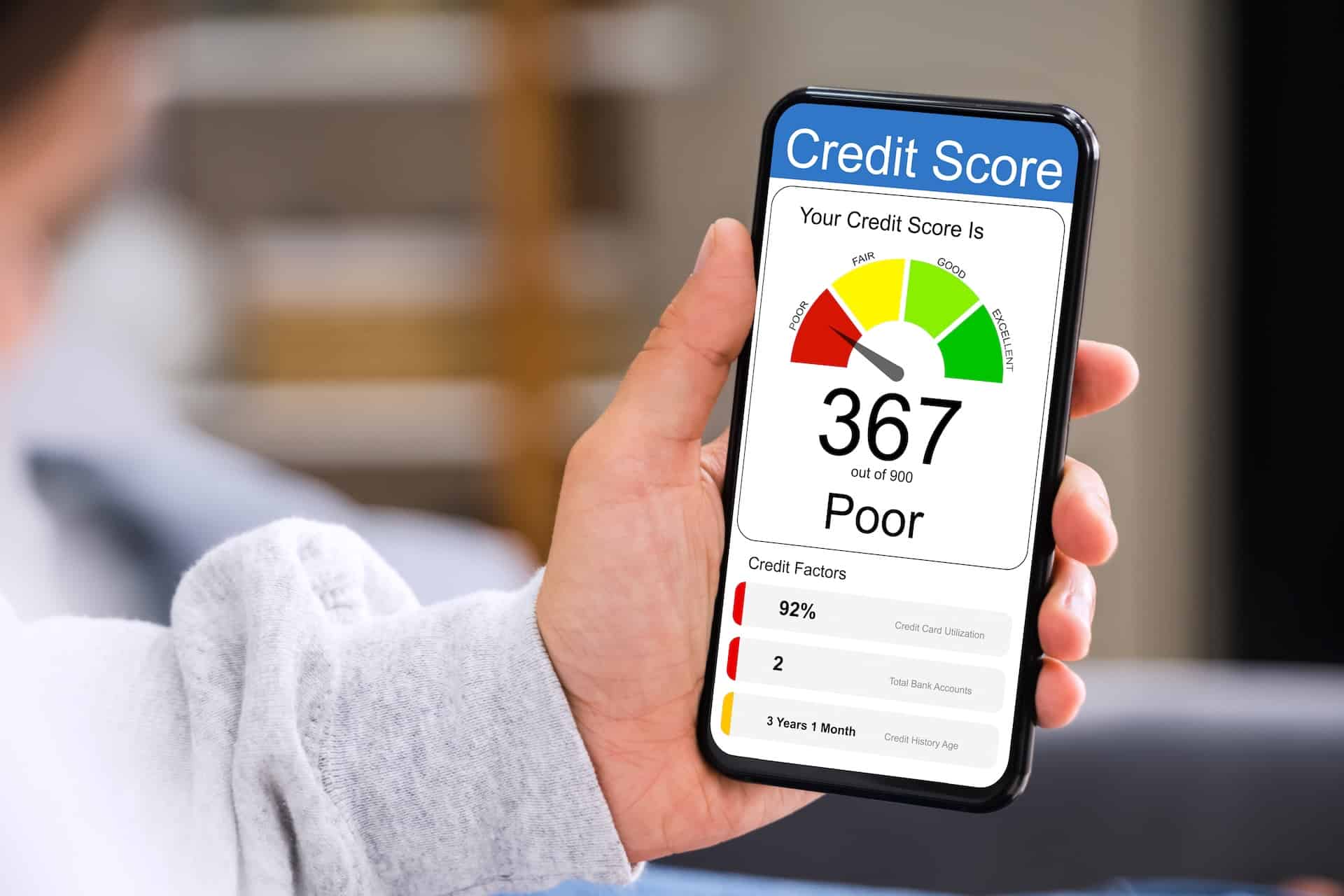Credit Sesame’s personal finance weekly news roundup December 10, 2022. Stories, news, politics and events impacting the personal finance sector during the last week.
- U.S. savings rate lowest since 2005
- Many Americans getting a second job
- U.S. trade deficit grew in October
- Employment Trends Index signals a coming downturn in jobs
- Oil prices continue to fall
- Credit card customers adapting to higher interest rates
- Credit card debt continues to lead consumer credit use higher
- Mortgage rates extend decline to a fourth straight week
- Producer prices show inflation moderating
1. U.S. savings rate lowest since 2005
Consumers have been able to increase spending even as inflation eats up more and more of their budgets. However, the way they’re doing it may not be sustainable. Not only is credit card debt at a record high, but consumers are burning through the stockpile of savings acquired during the pandemic. According to the Commerce Department, personal savings as a percentage of disposable income dropped to just 2.3% in October. That’s the lowest savings rate in 17 years. See full article at Bloomberg.com.
2. Many Americans getting a second job
While the latest national employment report was considered better than expected, it may have contained a cautionary statistic. The number of Americans with more than one job jumped by 165,000 last month. That easily exceeds the average monthly figure of 60,000 over the past six months. Although the economy has grown this year, this is an example of the lengths consumers are having to go to sustain that growth. Along with growing debt burdens and declining savings, the number of people taking on extra work may be evidence of how difficult inflation is making it for people to maintain their lifestyles. See article at Yahoo.com.
3. U.S. trade deficit grew in October
The Bureau of Economic Analysis reported that the trade deficit increased by 5.4% in October. This was the result of the combined effect of an increase in imports and a decrease in exports. While the deficit has risen in recent months, it is essentially unchanged over the past year. The overall deficit is the net result of a deficit from trade in goods and a surplus from trade in services. See full release from BEA.gov.
4. Employment Trends Index signals a coming downturn in jobs
The Conference Board’s Employment Trends Index declined for a second consecutive month in October. This index is based on eight different indicators that measure various aspects of growth in the job market. Historically, when the Employment Trends Index has turned downward a decline in total US jobs has followed in the months ahead. So far, however, the downturn in the index has been too brief and too slight to be considered a definitive trend. However, the Conference Board cautions that even this slight dip might signal at least a slowdown in the pace of job growth as 2023 begins. See full release at Conference-Board.org.
5. Oil prices continue to fall
US crude oil prices fell below $75 a barrel, their lowest level since late last year. In total, the price of oil has now fallen by 43% since peaking back in March. This should allow gasoline prices to continue their recent decline. Retail gas prices are now barely above where they were a year ago. This is good news for the fight against inflation. The only catch is that one reason oil prices are falling is due to concern over the strength of the global economy. See article at CNN.com.
6. Credit card customers adapting to higher interest rates
Although credit card debt continues to increase, some consumers are finding ways to avoid the impact of higher interest rates. A updated report by the American Bankers Association found that credit card balances as a percentage of disposable income increased slightly in the second quarter of 2022. However, that percentage is still below its pre-pandemic level. Interest paid as a percentage of debt outstanding remained stable despite rising interest rates. This appears to be because the percentage of credit card customers paying their balances off in full increased in the second quarter. However, because the information is compiled a few months after the fact, this does not yet fully reflect the impact of recent interest rate increases. See Credit Card Market Monitor at ABA.com.
7. Credit card debt continues to lead consumer credit use higher
The Federal Reserve announced that non-mortgage consumer debt outstanding rose by $27.1 billion in October. This was an even larger increase than the $25.8 billion the previous month. Credit card debt led the way, rising at a 10.4% annual rate in October. Other non-mortgage consumer debt (largely auto and student loans) rose at a 5.8% annual rate. See article at Morningstar.com.
8. Mortgage rates extend decline to a fourth straight week
The average 30-year fixed mortgage rate declined by 16 basis points last week, to 6.33%. It was the fourth consecutive week that mortgage rates declined. In total, 30-year rates have dropped by 0.75% since peaking at 7.08%. 15-year fixed mortgage rates have also fallen for four straight weeks. See mortgage data at FreddieMac.com.
9. Producer prices show inflation moderating
Updated figures for the Producer Price Index (PPI) showed that the recent easing trend for inflation continued in November. The PPI measures the seller’s prices on goods and services. In contrast, the Consumer Price Index measures the prices consumers actually pay. The PPI rose by 0.3% in November. That would represent an annual rate of inflation of about 3.7%. That’s above the Federal Reserve’s 2% target for inflation, but significantly lower than the inflation rates seen earlier this year. November marked the fifth consecutive month that PPI has risen at a more moderate pace. See full release at BLS.gov.




















